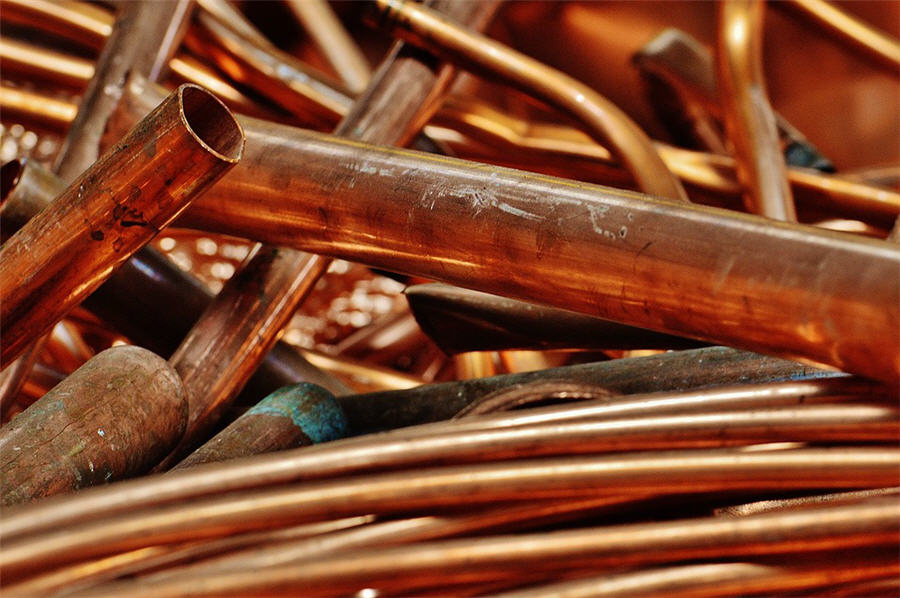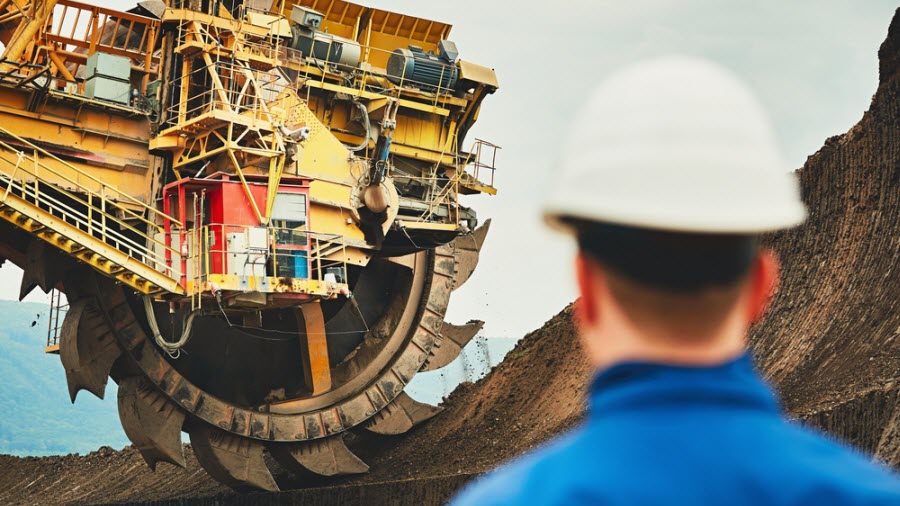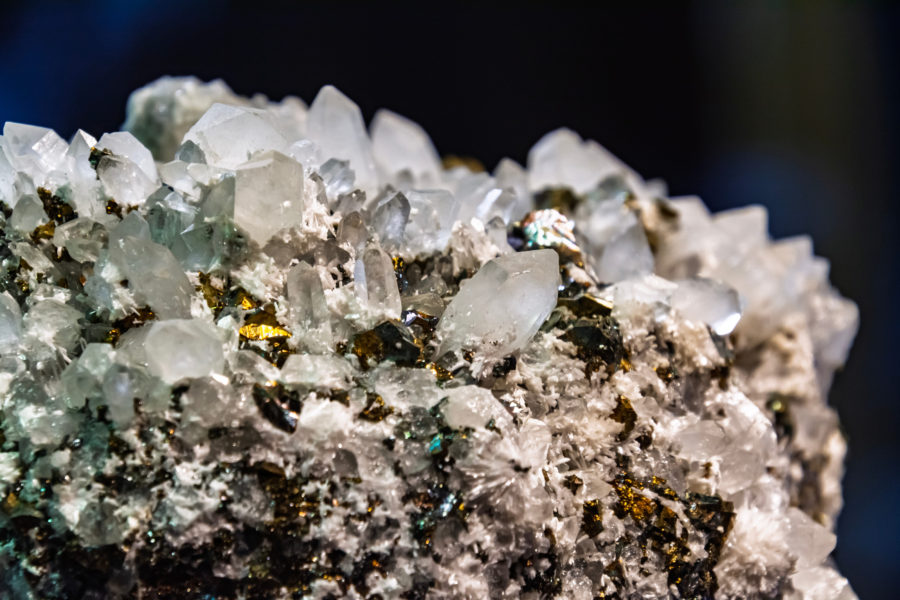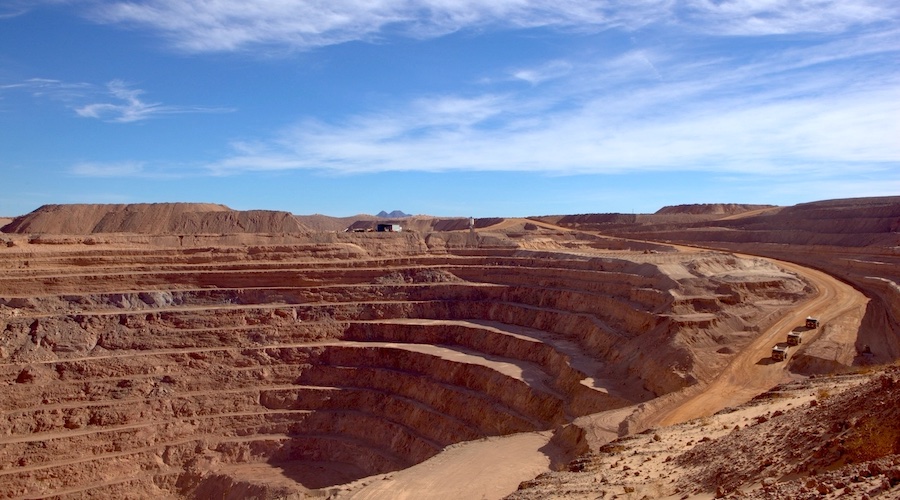China’s copper, zinc output jumps to 3-year high on stronger prices

China’s refined copper production in November jumped nearly 10% from the same time last year to 786,000 tonnes, the highest rate in at least three years data from the National Bureau of Statistics showed Monday as smelters make the most of higher copper prices.
For the January – November period this year production is up 6.8% and 2017 should comfortably outpace last year’s total of 8.44m tonnes of refined copper production.
China’s smelters working at capacity helps to explain the decline in imports of refined metal and still growing concentrate imports.
If this rate of production is sustained 2017 would comfortably outpace China’s of 8.44m tonnes of refined copper production last year
Shipments of copper concentrate in October increased slightly from last year to total 1.78m tonnes in November, a new monthly record and up nearly 30% from October’s disappointing figure. Year to date Chinese concentrate imports are up moderately from last year’s record 17m tonnes. Refined copper imports are trending down with recently released data showing cargoes are down some 5% over the first 11 months of 2017 to 4.24m tonnes compared to the same period in 2016. Full year imports in 2016 hit a record 4.94m tonnes.
Chinese zinc production also lept, totalling 603,000 tonnes in November up 7.5% from the same month last year. However year to date zinc output is down 1.3% to 5.65m tonnes. Lead production also rise sharply to 424,000 tonnes for the month. For the first 11 months of the year, lead output is up 4.9% compared to 2016 to 4.52m tonnes.
In brisk trading on Monday in New York Comex copper enjoyed its ninth straight session of gains touching a three-week high of $3.1475 a pound ($6,940 per tonne). Copper is up nearly 25% in 2017 as it continues to recover from six-year lows struck early last year. Zinc prices have followed a 70% surge in 2016 with a nearly 25% gain this to comfortably above $3,000 a tonne. Lead is up 26% year to date.
Iron ore production grows even as imports jump
China’s scores of iron ore mining companies produced only 0.2% more crude ore in November, but the year to date figure shows a 6.5% increase in 2017 to 1.16bn tonnes as mines make the most of higher prices and record-breaking steel output. On a 58–65% Fe content basis tonnage is closer to 200m–220m tonnes for the year.
Chinese steel mills are expected to source only around 15% of its iron ore needs domestically by 2021
Chinese steel mills battling Beijing’s pollution crackdown have changed over to higher quality imported ore as domestic producers struggling with grades around 20% are forced out of the market.
Chinese iron ore mine production peaked at more than 400m tonnes in 2013 representing a third of steelmakers demand. Steel mills are expected to source only around 15% domestically by 2021.
Imports of high-quality iron ore fines and lump ore from Australia, Brazil and South Africa jumped 19% from October to 94.45m tonnes last month. November imports were up 2.8% from a year ago after topping 100m tonnes in a single month for the first time in September.
Total shipments for the first 11 months of the year are up 6% to 990m tonnes putting the country on track to top record imports in 2016 of just over 1 billion
The Northern China import price of 62% Fe content ore jumped 5.2% to the highest since September trading at $74.40 per dry metric tonne on Monday according to data supplied by The Steel Index. Although down sharply from its 2017 high struck in February iron ore has averaged $70.60 since the start of the year compared to $56.50 over the course of 2016.
More News
Anglo remains in talks to sell coal assets to Peabody after fire
Anglo is seeking to sell its steel-making coal business as part of a simplification strategy.
April 10, 2025 | 08:34 am
{{ commodity.name }}
{{ post.title }}
{{ post.date }}




Comments